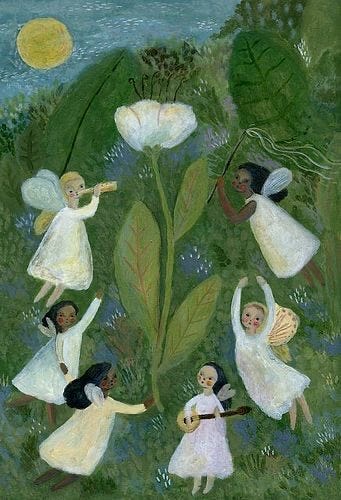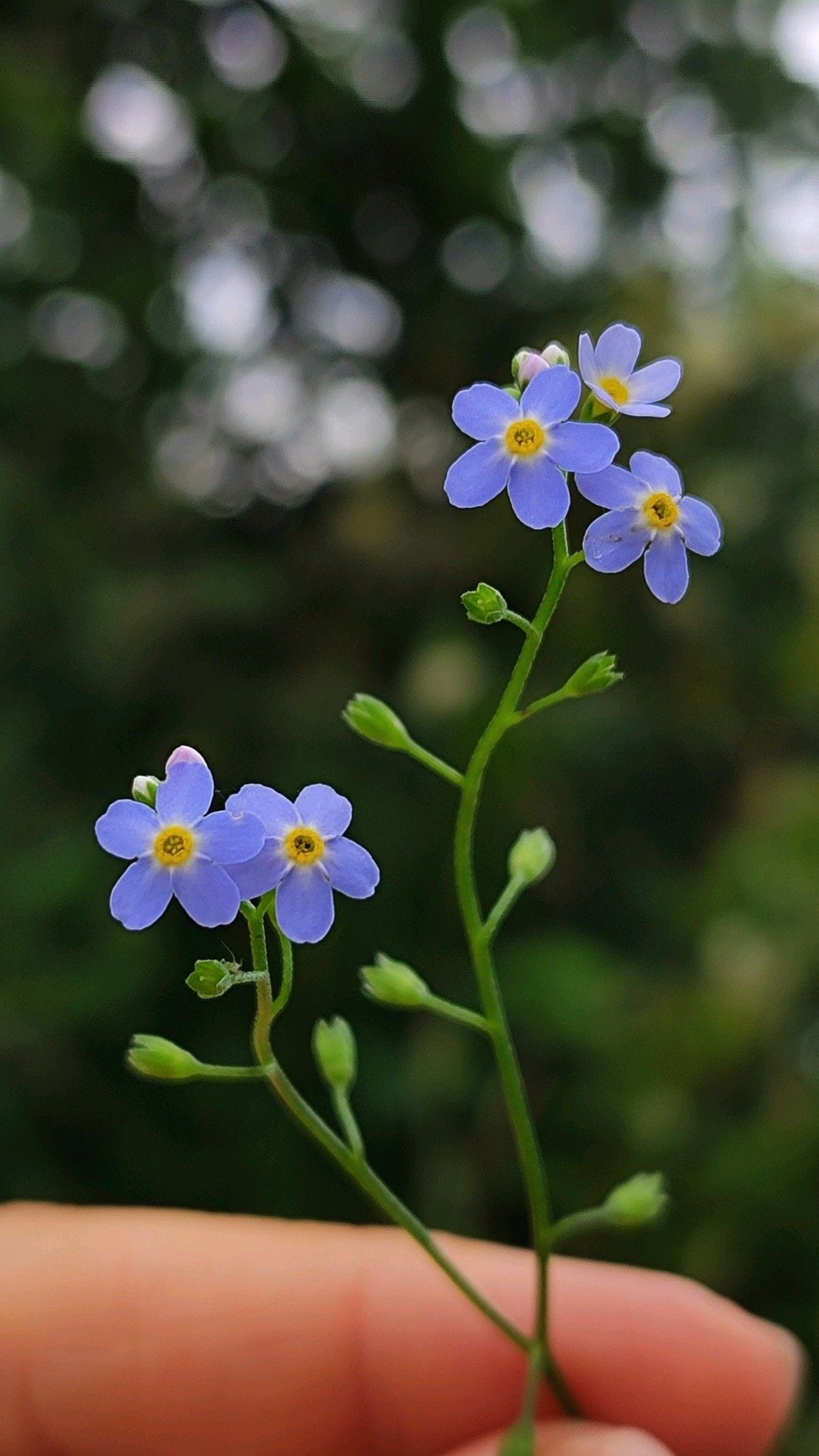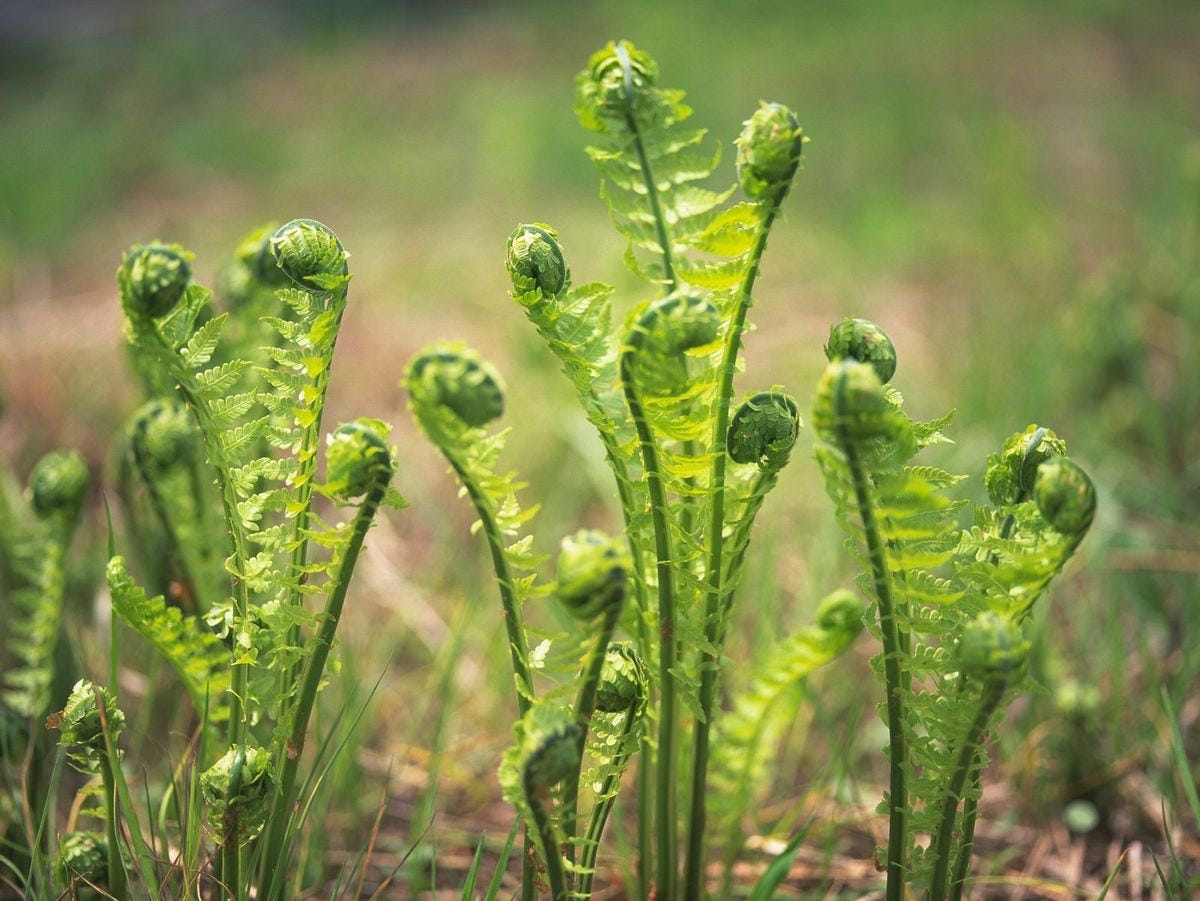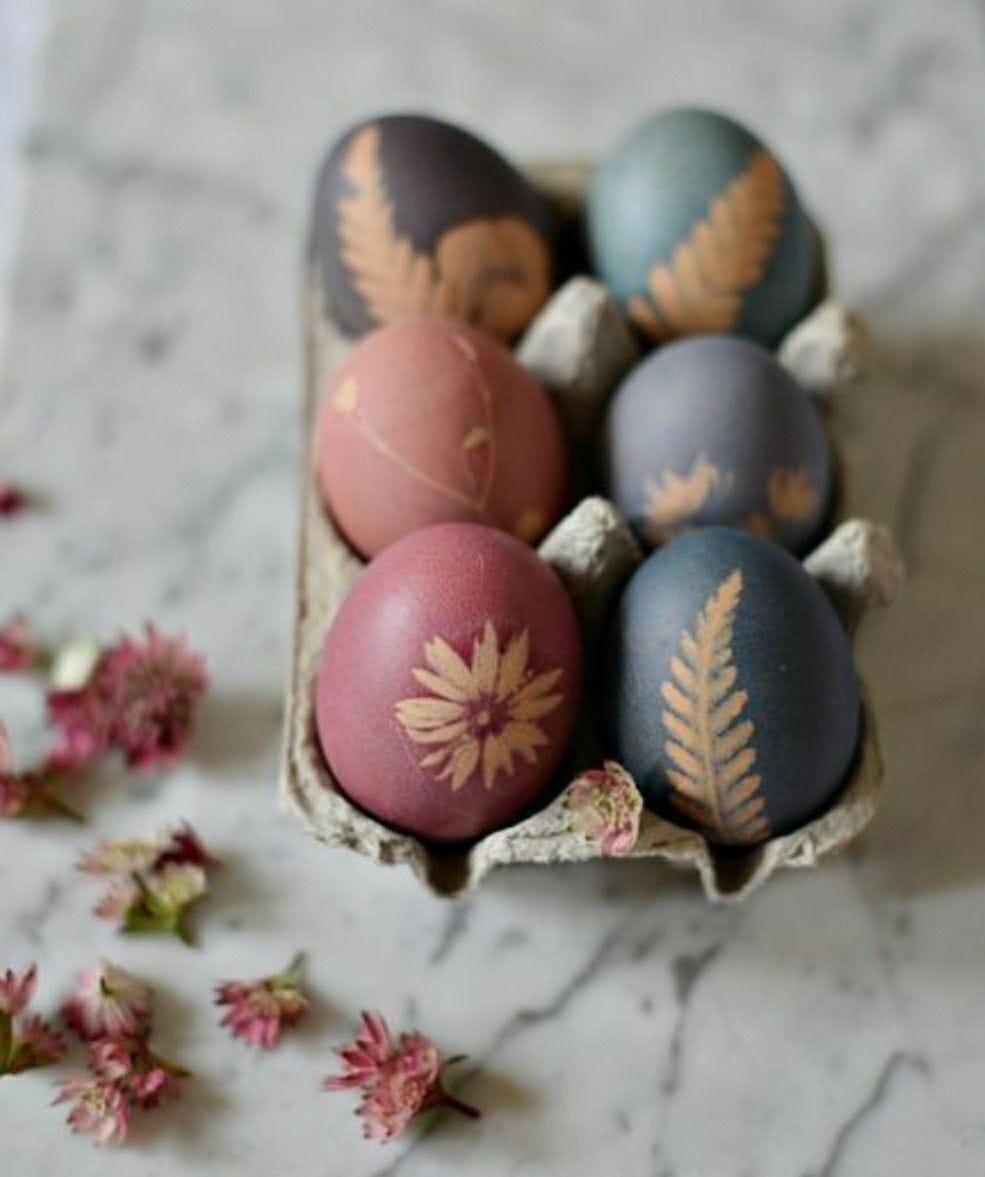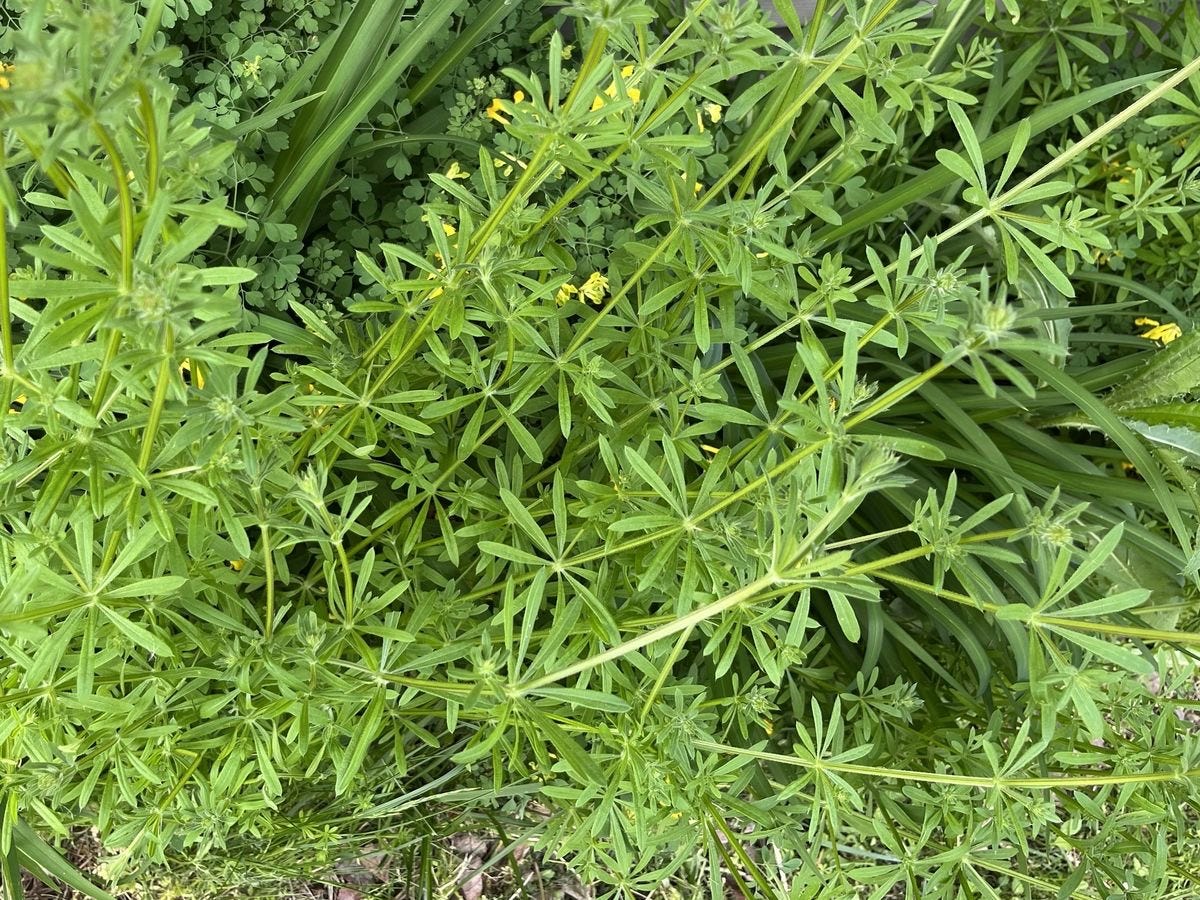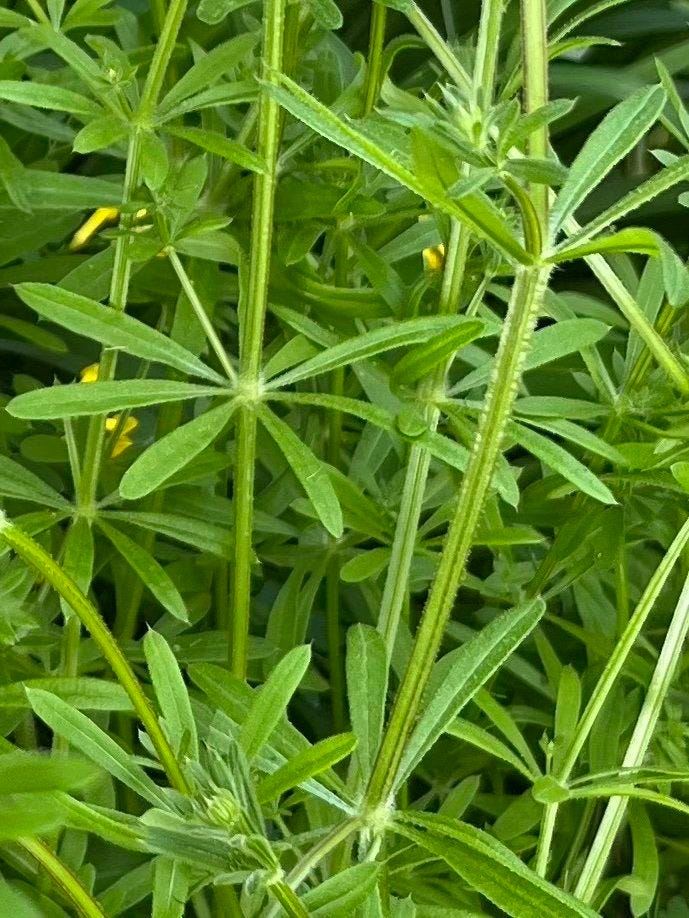Hello!
Spring emerges with a gentle flourish, unfurling its tender leaves and vibrant blossoms, as we find ourselves within the embrace of Easter. The blackthorn blooms, adorning the hedgerows, while primroses, nettles, cleavers, and dandelions rise from the earth, offering hope and joy to our spirits and healing to our bodies.
This is a time where many of us celebrate Easter, and was a time, where we once celebrated Spring and Eostre, the goddess and figure of spring, whose name etymologically, is rooted in estrogen, and the main reason we celebrate eggs at this time as the main symbol of emergence.
When the Christian church arrived on these Celtic shores, it layered the narrative of crucifixion and resurrection upon the ancient tale of Eostre.
The crucifixion story does or was made to mirror the essence of spring—a transformation akin to death, a time spent in the quietude of the tomb, where death is transmuted into life. Old spring celebrations would reflects autumn and winter's descent into darkness, where the soil and our souls undergo alchemical changes, turning death, rot, and decay into new life, medicine, and beauty.
Yet, we often overlook the rich symbolism and metaphors of Christian narratives, as they have greatly lost touch with both the personal and the earthly connections. My affection for the ancient pagan and Celtic stories of this land stems from their origins here, deeply rooted and intertwined with the world around us, as well as the inner landscape. They offer us profound insights into the processes we undergo, as beings intimately influenced by the land we inhabit.
Rain showers gently interrupt our days, bringing with them cleansing and a tender touch to the earth. The earth drinks deeply, awakening dormant seeds that have patiently waited through winter's slumber. These April showers—a baptism for the land—remind us that transformation requires both release and reception. We must let go of what no longer serves us while remaining open to the nourishment that sustains new growth.
In ancient times, many of our ancestors marked this season with rituals of purification. They understood that to fully embrace the vitality of spring, one must first clear away winter's accumulated debris. They would sweep their homes, light new fires, and wash in streams swollen with melted snow, believing these acts aligned their bodies with the renewing earth.
Today, we might find ourselves disconnected from such practices, our lives governed more by digital calendars than seasonal shifts. Yet our bodies remember. They sense the lengthening days, the changing light, the subtle warmth that coaxes buds from branches.
Each being in nature, the chick that must emerge from the egg, the seedling that must emerge from their seed coat, the flower from their tight hard bud- must find a force, a gentle softness and a belief that will help them break through what was them but now holds them back and emerge into their life.
This is the wisdom of emergence, a sacred teaching written in every unfolding leaf. We too must summon that gentle courage—the same force that guides the daffodil through frozen ground—to break through our own resistances.
In my garden, I witness this daily miracle. The tiny blue forget-me-nots push through stone crevices, their determination belying their delicate appearance. The wild garlic, having gathered strength in darkness, now carpets the woodland floor with star-like blooms. Each follows an ancient imperative, a code written not in words but in the very spiral of their DNA.
In this emerges the profound lesson of Easter—a reminder that transformation requires courage. Like the bulb buried in darkness that must trust its inherent wisdom to push upward, we too must summon faith when confronted with our own winters. The tomb is not merely a place of ending but a womb of beginning.
Observing the determined unfurling of ferns, their fronds tightly coiled in what is often called "fiddleheads." They demonstrate this wisdom—knowing when to remain tightly bound and when to release into their full expression. There is timing in all things, a rhythm we've forgotten in our hurried world.
I find myself pausing more often these days, drawn to witness these small resurrections. Yesterday, I watched a bumblebee emerge from the ground where it had overwintered, its movements slow and deliberate as it reacquainted itself with flight. How miraculous that transformation—from stillness to motion, from isolation to communion with flowering trees and fellow creatures.
This is what our ancestors understood when they created their seasonal rituals. They weren't merely marking time but acknowledging the profound transitions happening within and without. The egg, painted and blessed, held the mystery of potential life and also the acknowledgment of the shape shifting, courage and faith held in the chick that must push through, just as all life must find in order to grow and bloom.
Sending you much love and beautiful wild blossoms and eggs
Brigit xx
Two Cleaver Recipes for Spring
Cleavers is a beautiful plants that really aids in helping shift winter stagnancy and feel clearer, working with the lymphatic system to shift toxins, waste and build up.
Also known as Sticky willy and goose grass and found in headgerows, forests and fields at this time.
Succus -
A succus is the freshly expressed juice of a plant, a succus is a useful solution for turning a surplus of herbs into a manageable storage supply. There are plenty of herbal allies you can use to craft a succus—and even more ways to enjoy their use! I recommend using Cleavers this spring, a favourite of mine and a wonderful cleanser for the lymphatic system.
Good news if you have a juicer! In addition to juicing fruits and veggies, you can use it to create fresh herbal juices. Simply juice your chosen plant material as your manufacturer’s instructions specify. After you are finished running your plant material through the juicer, make sure to squeeze any excess juice from the pulp using cheesecloth.
If you don’t have a juicer you can use a blender to make a succus. If you are using a blender, chop up your selected fresh herbs before placing them in the blender. For those with tougher stems, you may want to de-stem or garble the fresh herbs, using just the leaves and flowers. Use your judgment based on the texture and flavor of the stems, and your blender’s size, blade shape, and power.
Once your herbs are in the blender add a small amount of water, starting with ¼ cup, or about the minimum that you think it will take to facilitate blending the herb into a thick pulp. Begin to blend, and if the slurry is too thick to continue blending, add small amounts of water through the opening in the top of your blender. You only want enough water to keep the herbs moving around and breaking down.
Once the herbs have comminuted to a thick boggy sludge you can strain the juice from the plant material using cheesecloth. Be sure to fully express the plant material for maximum yield.
Succus Uses
A succus can be enjoyed as a fresh juice (think wheatgrass shots), and can also be preserved in various ways to prolong the shelf life of the preparation.
Traditionally, a succus would be preserved by adding 25% alcohol by volume to preserve the fresh juice. Some herbalists add a succus to tinctures of the same plant to enhance the synergistic effects and potency of the tincture. I often freeze mine in ice cube trays and pop a couple out when I fancy som plant medicine.
Ideal Herbs for Succus?
For a juice you need to use fresh herbs—dry herbs do not have any water content to provide even when pulverized. As a general rule, herbs with higher water content will give you greater yield. Here I’ve included herbs that I think would make excellent candidates for a succus.
Aloe (Aloe barbadensis)
Cleavers (Galium aparine)
Chickweed (Stellaria media)
Calendula (Calendula officinalis)
Plantain (Plantago spp.)
Dandelion (Taraxacum officinale)
Ginger
Cold Infusion
Gather some cleavers, immerse a handful in a litre jar and cover with cold water, you can also add cucumber and lemon for extra oomph. Leave out in the moonlight overnight if you fancy an infusion bathed in a silver glow, or in your fridge, or on the side in the kitchen.
Just to let you know our creativity Circle has moved next week, from Monday to Wednesday at the usual time - 12.45 - 2.30.
So very Sorry to those of you who cant make it on that day.
The circle will go back to Mondays after this coming week.
Link to online creativity circle below







